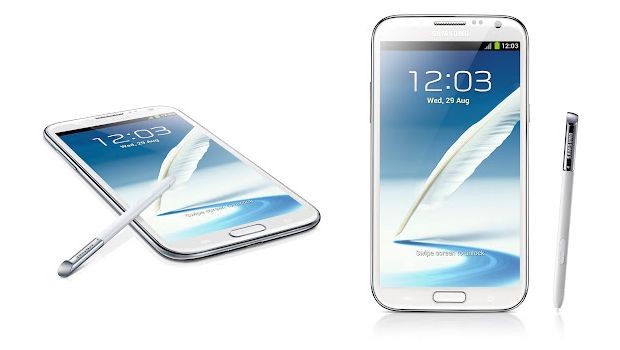
Samsung’s Android and Windows-powered touchscreen devices have been unveiled at the IFA trade show in Berlin.
The new models include several firsts for the company: a Windows RT tablet; a Windows Phone 8 smartphone; and an Android-powered camera.
It also revealed an update to its Galaxy Note model – a so-called “phablet” that is larger than most phones, but smaller than most tablets.
The products are its first since losing a patent lawsuit to Apple in the US.
The South Korean firm faces paying its rival over $1 billion in damages related to several of its Android models, but has signalled it will challenge the ruling.

Samsung’s new line-up includes a 10.1 in (25.7 cm) touchscreen tablet which uses an ARM-based chip and the RT version of Windows 8.
It also revealed Intel-based models that are more powerful and run the full version of the system. The devices, which are branded as Slate or Ativ Smart PCs depending on where they are sold, function as hybrids – working either as standalone tablets or as laptops when added to keyboard docks.
They update its 2011 Slate models and follow a similar format to Asus’s Transformer hybrids.
In addition Samsung showed off the Ativ S – its first smartphone to run Microsoft’s upcoming Windows 8 Phone system. It features a 4.8 in (12.2 cm) display, making it one of the bigger models on the market.
There was only one Android-tablet announcement – the Galaxy Note 2. The device features a 5.5 in (14 cm) screen and is narrower and taller than its predecessor.
It also features a new Air View function. When a stylus is held about 1cm above its display, previews are triggered of on-screen objects such as the contents of a photo album or an email.
The news follows on from a recent announcement of another, larger Android tablet – the Galaxy Note 10.1.
One analyst said it was no surprise to see the firm covering so many bases.
“Samsung’s strategy is to make whatever the market needs,” said Ken Dulaney, vice president at the tech consultancy Gartner.
“They make a lot of products in a lot of categories rather than carrying out tons of market research.
“Their greatest strengths are engineering and manufacturing, and they use those strengths to sort out what the market wants. In contrast, American companies typically spend more time on pre-development research, and then rely more on marketing.”
Samsung’s other announcement was the Galaxy Camera.
The device is the second mainstream compact camera powered by Android to be announced in a week, following on from a release by Nikon.
It marks a new category of devices to use Google’s system, offering the opportunity to install photo editing apps and other third-party software on the machines.
Samsung’s model includes the option of using 3G or 4G data connectivity in addition to wi-fi, making it easier to upload pictures to social networks.